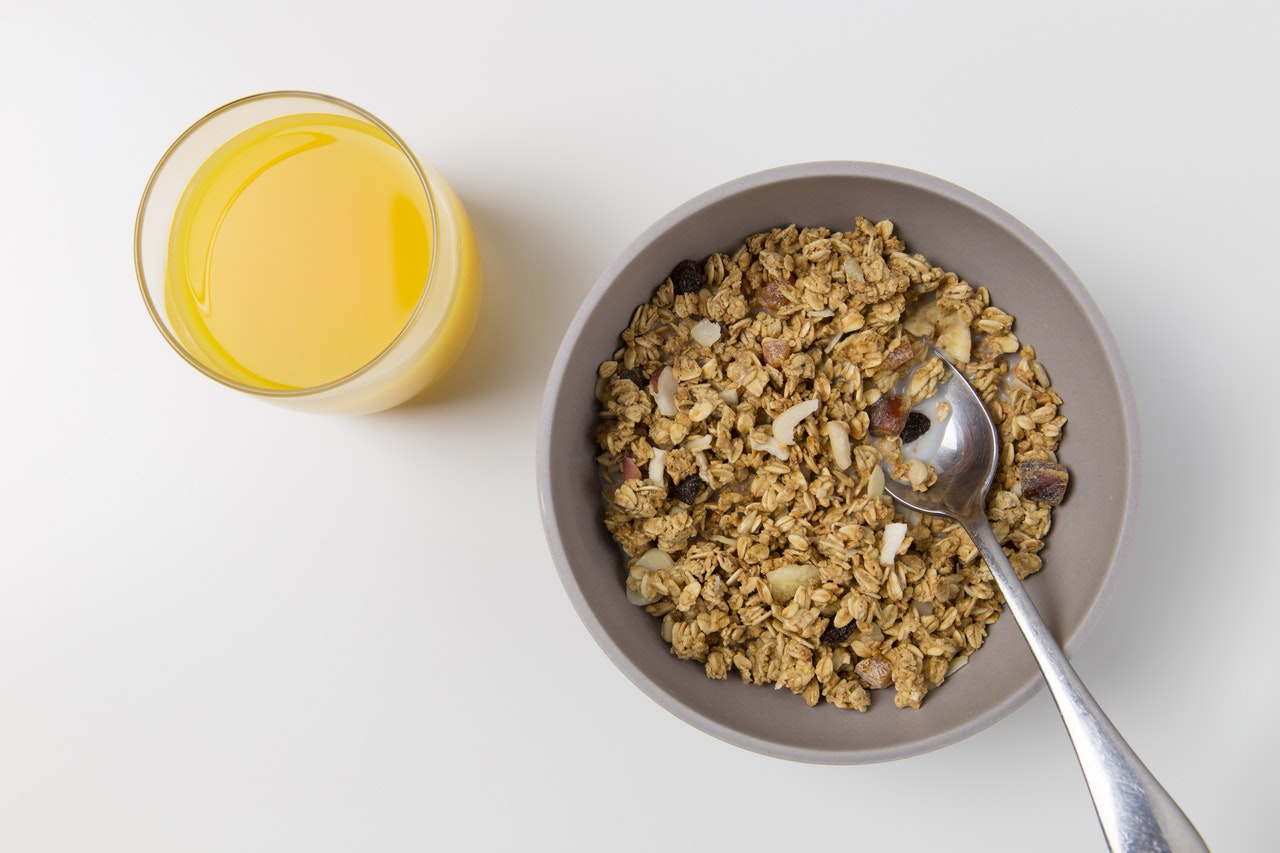Fiber is a carbohydrate. Over the last several decades, carbs experienced unfair protest and aversion. As with most food groups, there exist both good and bad carbohydrates. Fiber represents the beneficial form of the food group, and dieters should not avoid it.
Plants are home to fiber. A diet of fruits, vegetables, nuts, seeds, legumes, and whole grains is fiber-rich. The primary benefit of a fiber-rich diet is glycemic control, or the slowing of glucose production after meals.
How much fiber do you consume every day? If you are like other Americans, you are not getting enough fiber. Therefore, try getting a little creative in your meal planning. There are several ways to include more fiber in your diet with little effort.
Lentils and Legumes

Lentils and legumes are excellent plant foods. Grouped with peas and beans, these foods are high in protein and fiber. Additionally, they contain various nutrients, such as:
- Iron
- Potassium
- Folate
- Phosphorus
As vegetables are high in fiber and protein and low in fat, they can act as a substitute for meat, like in a black bean burger. Additionally, it is nothing to toss some lentils and legumes into a salad, soup, dip, or egg dish.
Flour Alternatives
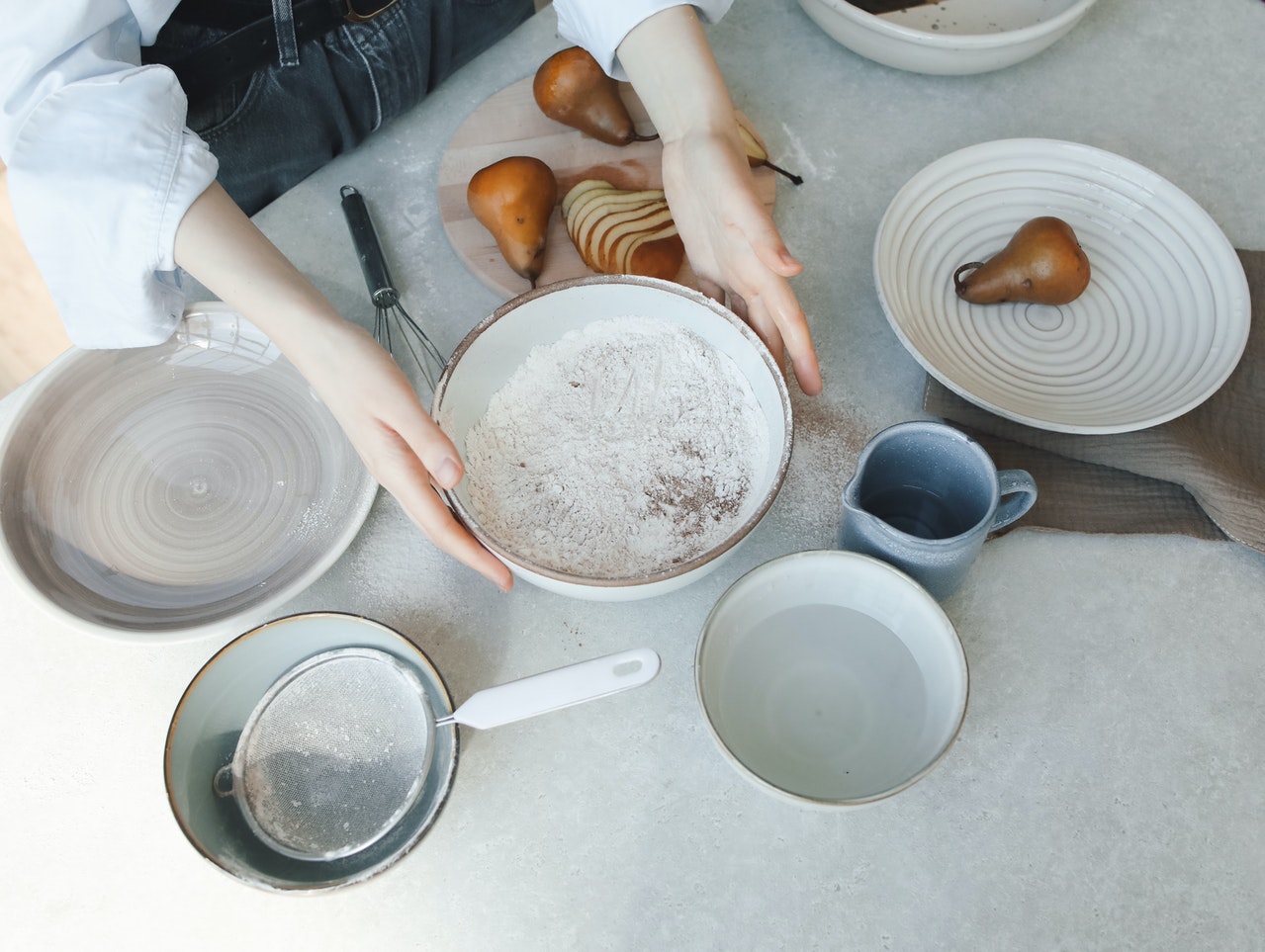
White flour is a staple in baking, but it is often stripped of any nutritional value. Many grocery chains carry white flour alternatives, including:
- Almond flour
- Oat flour
- Brown rice flour
- Chickpea flour
- Whole grain flour
- Coconut flour
While there are white flour alternatives, understand they are not equal substitutes. If you want to use healthy, fiber-rich flour, find recipes for the alternatives.
Nuts and Seeds
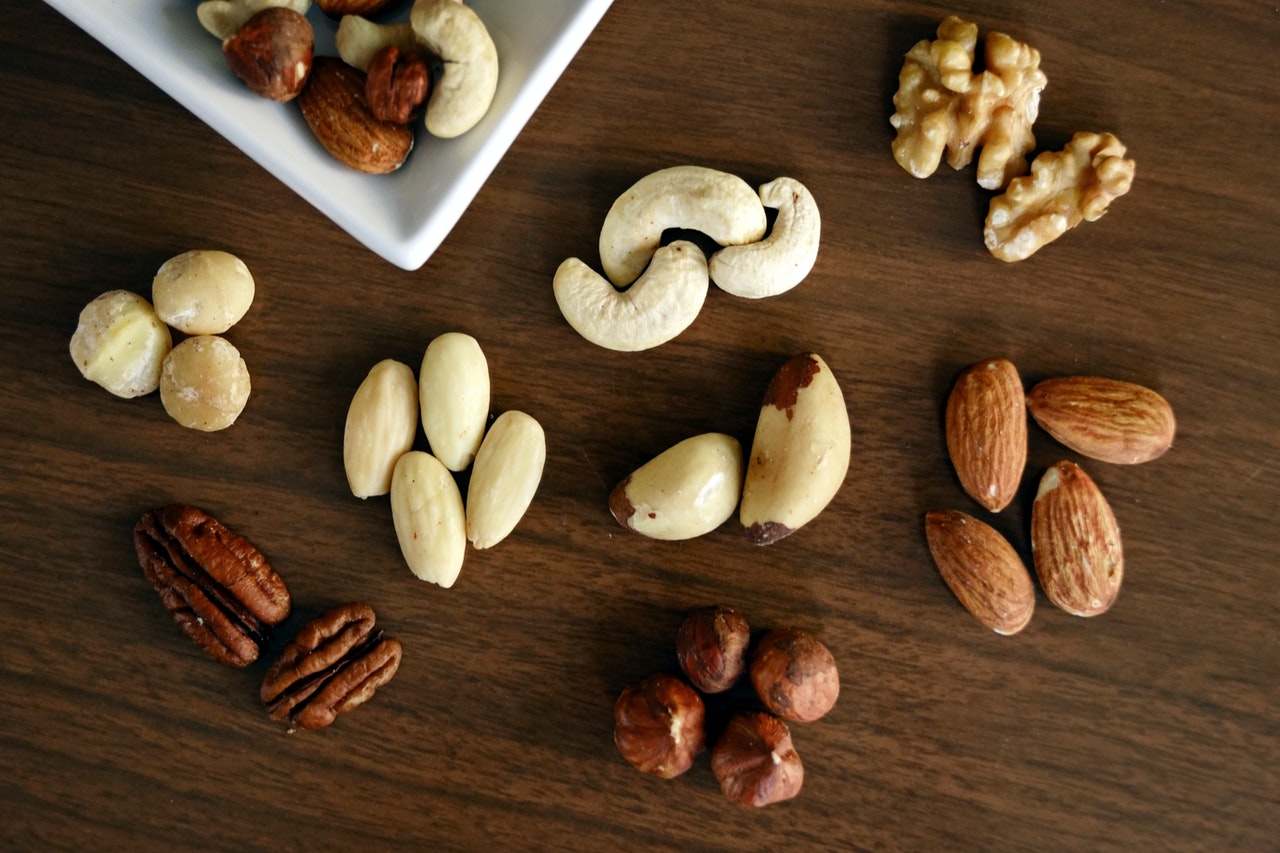
Nuts and seeds are excellent sources of fiber, and they are easy to add to recipes and meals. You can add chopped nuts to cereals or salads. Additionally, you can use almonds, cashews, or other nuts to create a coating for chicken or other proteins. You can also find various seed and nut butter for healthier spreads or add the items to smoothies and yogurts.
Starches
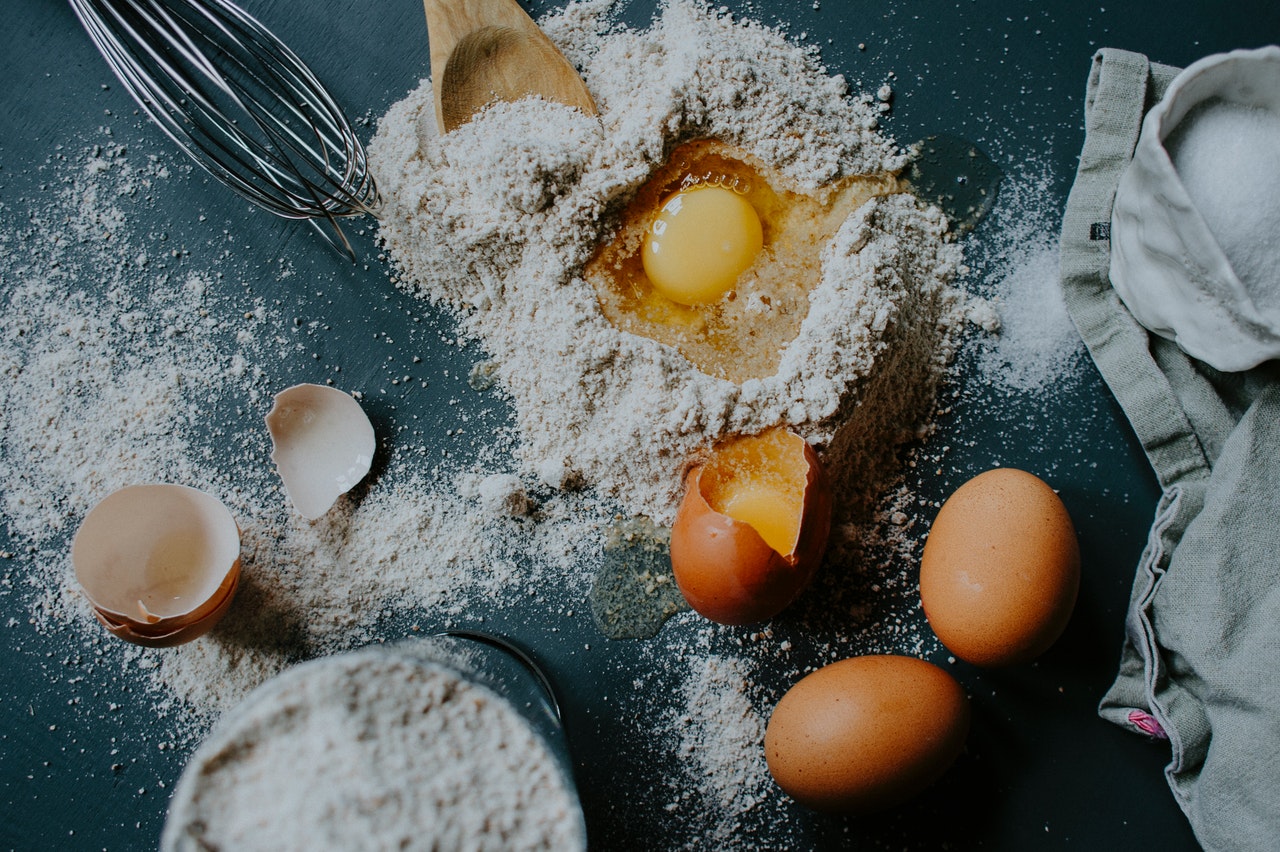
Many people avoid starches, especially if they have diabetes. Rice, pasta, cereal, and bread can be dangerous for some people. Still, there are healthier starches to ensure adequate fiber intake, including:
- Bulgur
- Barley
- Oats
- Quinoa
- Teff
- Wild rice
- Farro
- Millet
Snacks
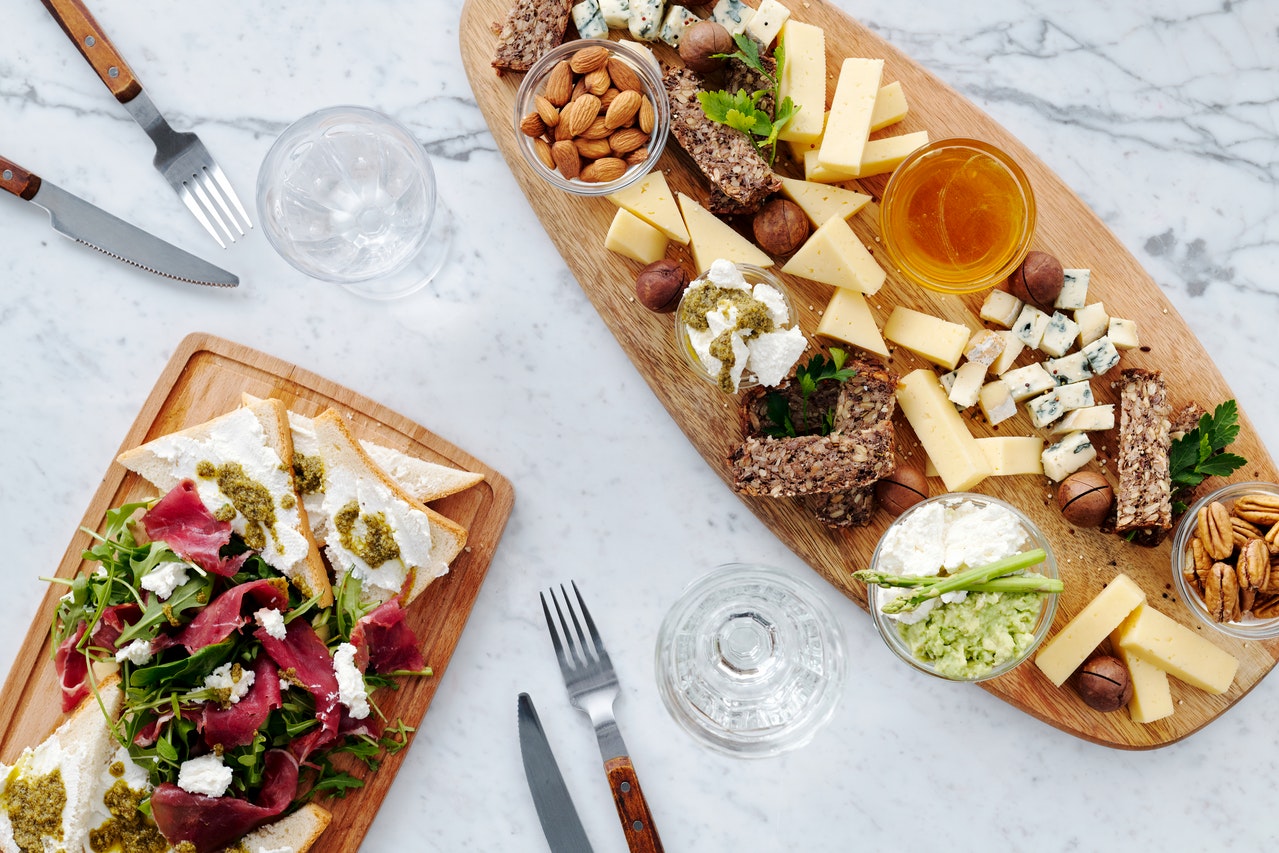
What are your go-to snacks? Many people opt for crackers, sweets, or potato chips when on the go. Unfortunately, conventional snacks are often overly processed and lack nutritional merit.
If you want to up your fiber intake, consider purchasing more natural foods. Some healthy and fiber-rich options include:
- Nuts
- Seeds
- Veggies and dip
Pasta Swaps
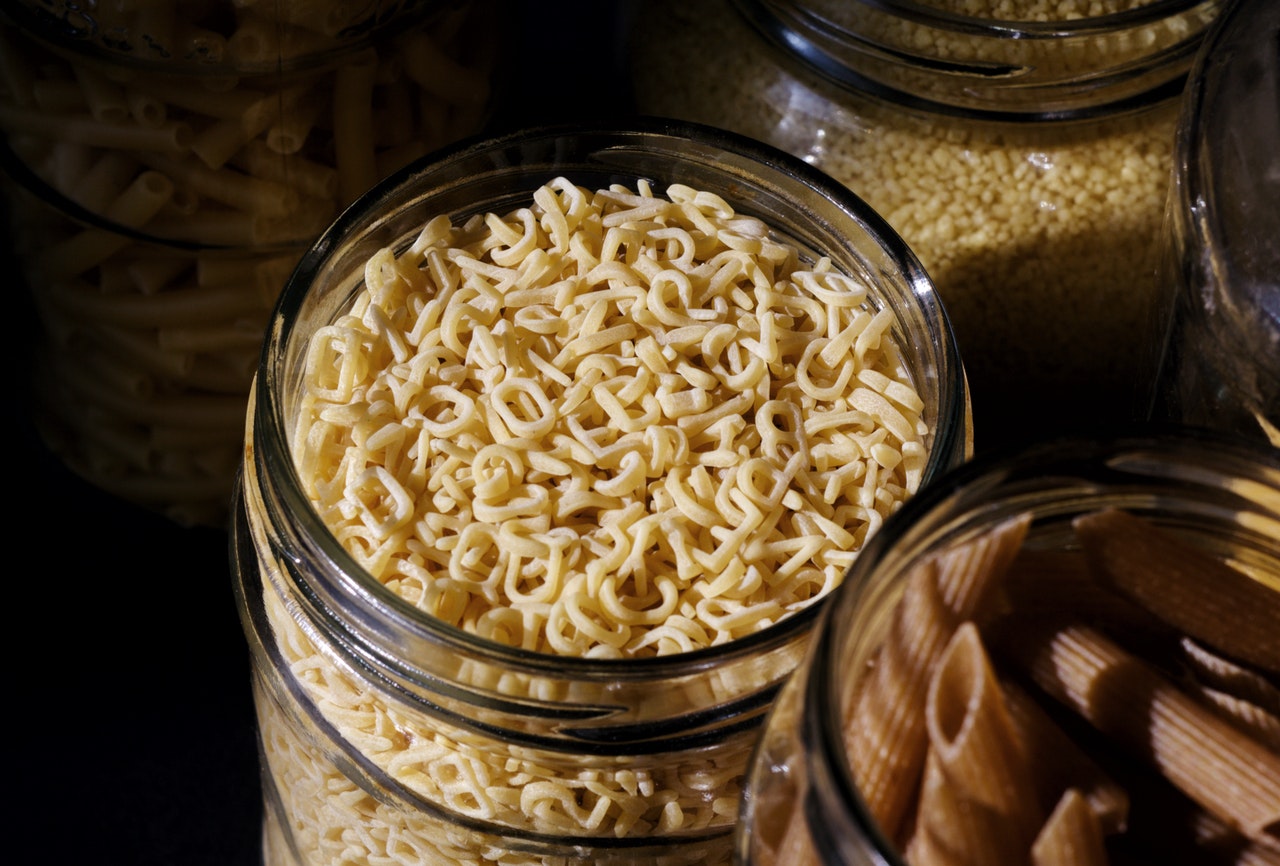
Many people love pasta. Unfortunately, traditional kinds of pasta are not healthy carbs. For the real pasta lover, consider trying pasta made from whole grain. There are other more unique pastas you can try, including those made from black beans, lentils, chickpeas, or brown rice.
Including more fiber in your diet requires a new understanding of carbohydrates. Not all carbs are equal. However, fiber is essential and necessary to every diet. Thankfully, there are several inventive and fun ways to incorporate the essential nutrient.

